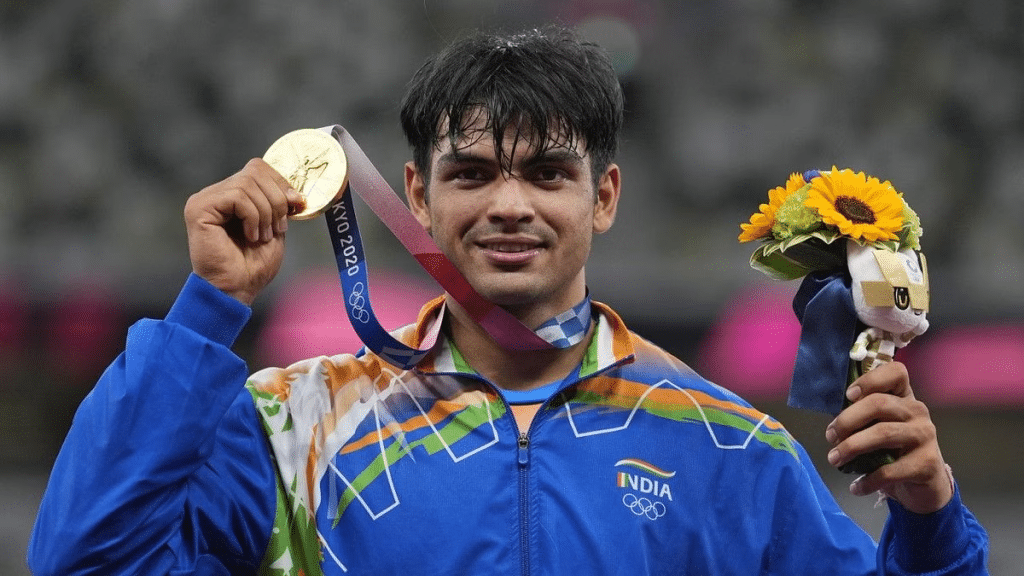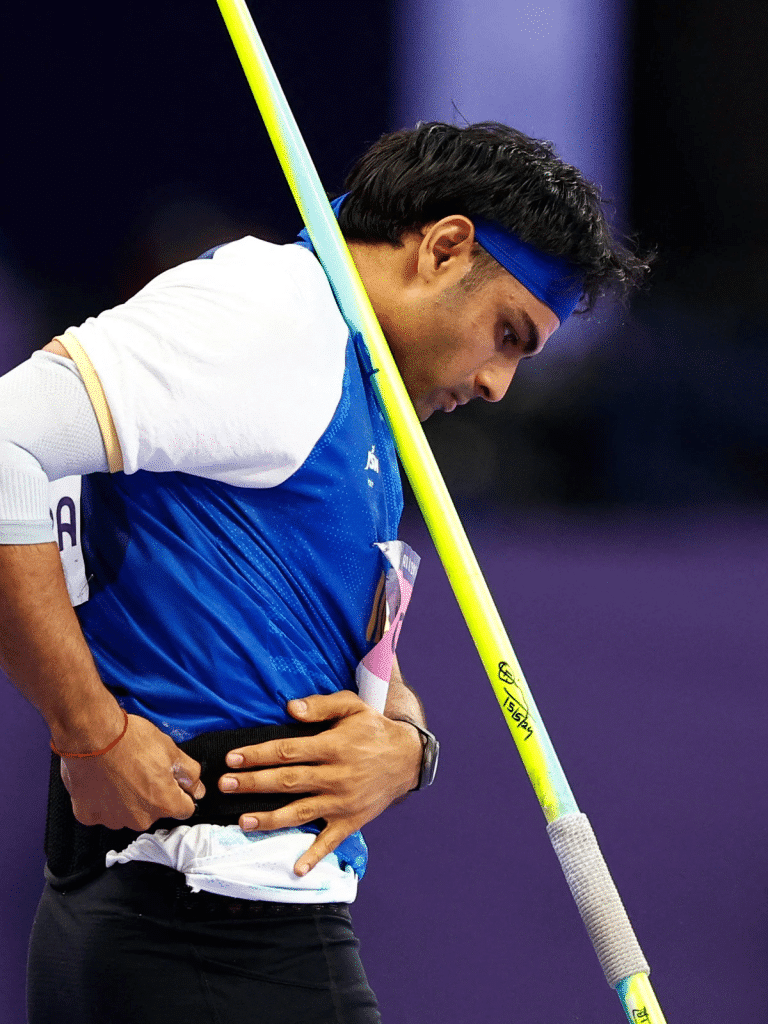Olympic gold medalist Neeraj Chopra is scheduled to undergo surgery for an inguinal hernia. Here’s a detailed look at his long-standing groin injury and what it means for his recovery and future athletic endeavors.

Neeraj Chopra to Undergo Surgery for Inguinal Hernia: What You Need to Know About His Long-Standing Groin Injury
Neeraj Chopra, India’s celebrated javelin thrower, first captured the nation’s heart with a gold medal at the Tokyo 2020 Olympics. Four years later, he again graced the podium with a silver medal, proving his prowess despite battling a persistent groin injury. Now, Chopra is considering surgery to address an inguinal hernia that has been causing him ongoing discomfort.
Understanding Neeraj Chopra’s Groin Injury and Inguinal Hernia

Neeraj Chopra has traveled to Germany for an in-depth evaluation of his hernia, seeking to explore surgical options that will prevent further disruption to his athletic performance.
What is Inguinal Hernia?

An inguinal hernia occurs when abdominal tissue, such as fat or a portion of the intestines, protrudes through a weak spot in the lower abdominal wall. This weak area, known as the inguinal canal, is present in both males and females but is more pronounced in men. In males, it houses the spermatic cord, while in females, it contains the round ligament of the uterus. Inguinal hernias are notably more common in men, affecting about 20% of the male population compared to 2% in females.
Symptoms and Causes of Inguinal Hernia

Typical symptoms include a noticeable bulge in the groin that becomes more prominent when coughing and lessens when lying down. While usually painless, it can cause mild discomfort. This type of hernia can be congenital but often develops later due to abdominal pressure, which is why it is prevalent among athletes like Chopra, as well as those with chronic constipation, weightlifters, and asthmatics.
Treatment and Surgery

Although inguinal hernias are not typically life-threatening, complications such as intestinal strangulation can arise. The standard treatment is surgery, which is usually a straightforward, minimally invasive procedure using laparoscopic or robotic techniques. A mesh is placed to reinforce the abdominal wall, and patients are typically discharged the same day, resuming normal activities within a few days.
Chopra, despite his exceptional performance in qualifying and securing a silver medal with a throw of 89.45 meters, has expressed dissatisfaction with his technique and overall performance. His struggle with the groin injury has been a significant challenge, but the upcoming surgery aims to address this issue and help him return to peak form.

